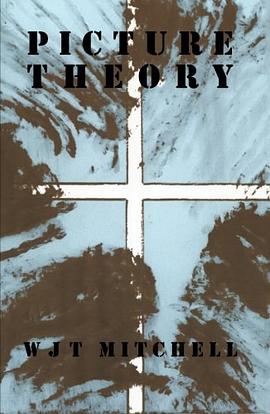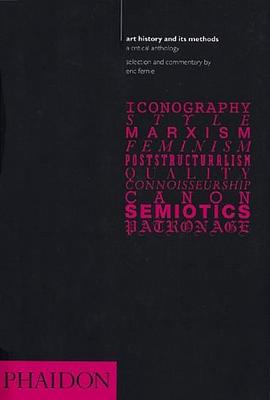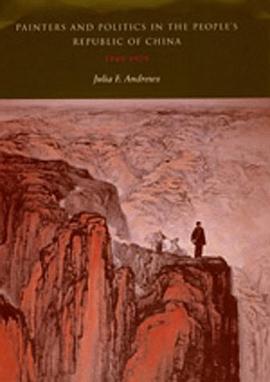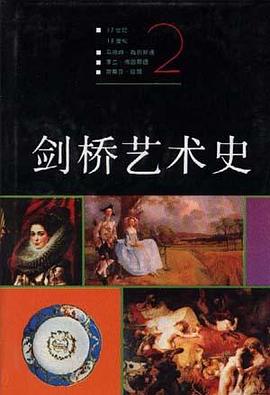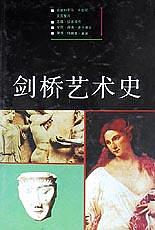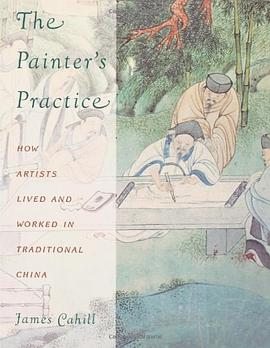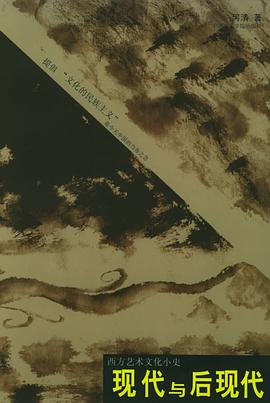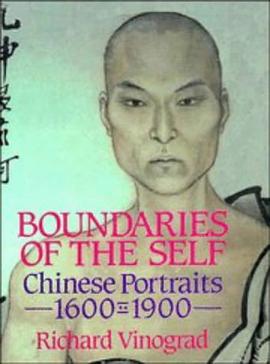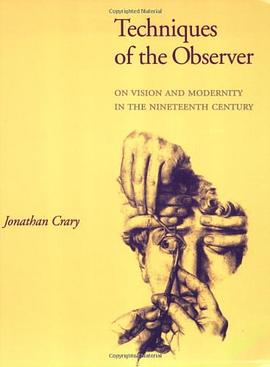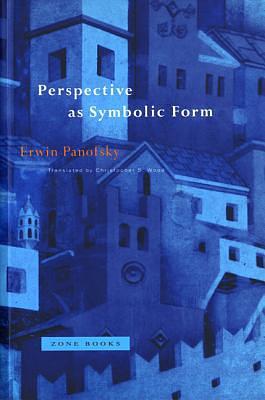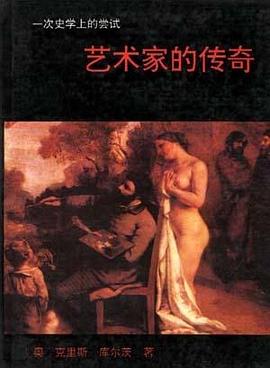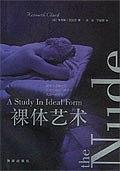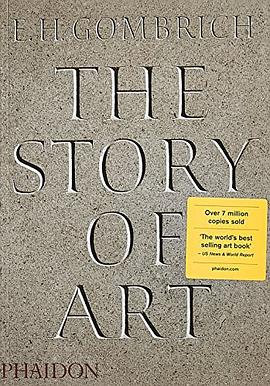

具体描述
The most famous and popular book on art ever published, this quintessential "introduction to art" has been a worldwide bestseller for over four decades. In this completely redesigned 16th edition, Gombrich, a true master, combines knowledge and wisdom with a unique gift for communicating his deep love of the subject. 440 illustrations, 376 in color.
作者简介
Sir Ernst Hans Josef Gombrich, OM, CBE (30 March 1909 – 3 November 2001) was an Austrian-born art historian who became a naturalized British citizen in 1947.[1] He spent most of his working life in the United Kingdom. He is the author of many works of cultural history and art history, including The Story of Art, a book widely regarded as one of the most accessible introductions to the visual arts.
BiographyThe son of Karl Gombrich and Leonie Hock, Gombrich was born in Vienna, Austria-Hungary, into an assimilated bourgeois family of Jewish origin who were part of a sophisticated social and musical milieu. His father was a lawyer and former classmate of Hugo von Hofmannsthal and his mother was distinguished pianist who graduated from the Vienna Conservatoire with the School's Medal of Distinction. At the Conservatoire she was a pupil of, amongst others, Anton Bruckner. However, rather than follow a career as a concert pianist (which would have been difficult to combine with her family life in this period) she became an assistant of Theodor Leschetizky. She also knew Arnold Schoenberg, Gustav Mahler, Hugo Wolf and Johannes Brahms [3]. Rudolf Serkin was a close family friend. Adolf Busch and members of the Busch Quartet regularly met and played in the family home. Throughout his life Gombrich maintained a deep love and knowledge of classical music. He was a competent cellist and in later life at home in London regularly played the chamber music of Haydn, Mozart, Schubert, Beethoven and others with his wife and elder sister Dea Forsdyke, a concert violinist.
Gombrich was educated at Theresianum Secondary School and at Vienna University before coming to Britain in 1936, where he took up a post as a research assistant at the Warburg Institute, University of London. In 1936, he married Ilse Heller, a pupil of his mother, and herself an accomplished pianist. Their only child, Richard, went on to become a noted Indologist and scholar of Buddhism, acting as the Boden Professor of Sanskrit at Oxford University from 1976 to 2004.
During World War II, Gombrich worked for the BBC World Service, monitoring German radio broadcasts. When in 1945 an upcoming announcement was prefaced by a Bruckner symphony written for Wagner's death, Gombrich guessed correctly that Hitler was dead and promptly broke the news to Churchill. He returned to the Warburg Institute in November 1945, where he became Senior Research Fellow (1946), Lecturer (1948), Reader (1954), and eventually Professor of the History of the Classical Tradition and director of the institute (1959–72). He was elected a Fellow of the British Academy in 1960, made CBE in 1966, knighted in 1972, and appointed a member of the Order of Merit in 1988. He was the recipient of numerous additional honours, including Goethe Prize 1994 and Balzan Prize in 1985 for History of Western Art.
Gombrich was close to a number of Austrian émigrés who fled to the West prior to the Anschluss, among them Karl Popper (to whom he was especially close), Friedrich Hayek and Max Perutz. He was instrumental in bringing to publication Popper's magnum opus The Open Society and Its Enemies. Each had known the other only fleetingly in Vienna, as Gombrich's father served his law apprenticeship with Popper's father. They became lifelong friends in exile.
[edit] WorkGombrich's first book, and the only one he did not write in English, was Eine kurze Weltgeschichte für junge Leser (A short history of the world for young readers), published in Germany in 1936. It was very popular and translated into several languages, but was not available in English until 2005, when a translation of a revised edition was published as A Little History of the World. He did most of this translation and revision himself, and it was completed by his long-time assistant and secretary Caroline Mustill and his granddaughter Leonie Gombrich after his death [4].
The Story of Art, first published in 1950 and currently in its 16th edition, is widely regarded as one of the most accessible introductions to the history of visual arts. Originally intended for adolescent readers, it has sold millions of copies and been translated into more than 30 languages.
Other major publications include Art and Illusion (1960), regarded by critics to be his most influential and far-reaching work, and the essays gathered in Meditations on a Hobby Horse (1963) and The Image and the Eye (1981). Other important books are Aby Warburg: An Intellectual Biography (1970), The Sense of Order (1979) and The Preference for the Primitive (posthumously in 2002). The complete list of his publications, E.H. Gombrich: A Bibliography, was published by Joseph Burney Trapp in 2000.
目录信息
读后感
《艺术的故事》是我们的第一个译本。那时初涉译坛,看到不同的译家有不同的主张,为了文字精准,尊重原著,我们倾向直译,以免有失原意。如今三十年过去,重读旧译,看到《艺术的故事》在中国有如此多的读者,虽是喜悦,但关注译文的明白晓畅和平易近人的想法不觉萌动。...
评分贡布里希在《艺术的故事》导论中,第一句话就说:“实际上没有艺术这种东西,只有艺术家而已。”是否可以演绎一下:在产品设计领域,没有设计师这种东西,只有设计而已。 【原文,含图,欢迎交流:http://www.naowan.com/archives/2009/06/12/507】 最让设计师崩溃的事情,是...
用户评价
入门读很好,有趣。从学美术史的角度说结构稍微有点松散。欣赏贡布里希读画的包容。
评分陆陆续续花了三个月,全部读完时只能说知道站在艺术大门边儿上往哪儿望了。
评分毫無疑問,最喜歡的還是文藝復興時期。
评分讀了快一年了,最近買了新版本,每天翻幾頁,都是很漲姿勢的~
评分力荐英文版。作者将事件(event)编织成故事(story)的功力非常厉害。论述复杂历史过程的用语谨慎恰当。选图用心,前后文的图片往往能建立有趣的参照关系。英文版的印刷大致没有色差,能显示细节。
相关图书
本站所有内容均为互联网搜索引擎提供的公开搜索信息,本站不存储任何数据与内容,任何内容与数据均与本站无关,如有需要请联系相关搜索引擎包括但不限于百度,google,bing,sogou 等
© 2025 book.quotespace.org All Rights Reserved. 小美书屋 版权所有

